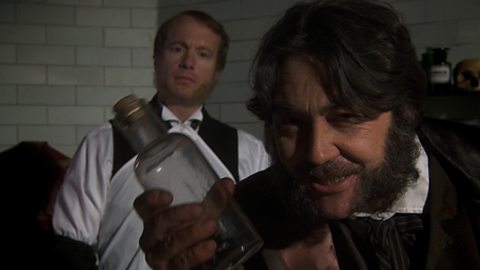Victorian home life was comfortable for wealthy families. Poorer people often lived in crowded and difficult conditions. Find out what Victorian home life was really like.
Find out about life and work in a wealthy family's Victorian town house.
During the Victorian era many Scots moved from the countryside to towns and cities. Immigration brought many people from Ireland, Italy and Eastern Europe.
The population of Scotland's cities grew quickly as people arrived looking for work in factories and new industries. Everyone needed somewhere to live.
Tenements were built in cities to house lots of people in a small area. People made rich by new industries could afford to live in new townhouses, terraces or villas in the suburbs, away from the crowded inner cities.
Many of these buildings are still standing - you might even live in one today!
Terraced and town houses
- Richer, middle-class families often lived in town houses.
- They would have running water and their rubbish would be taken away.
- There was no central heating. Coal fires in every room would keep the house warm.
- Servants would do the work of the house. They would buy and cook meals, wash clothes and bedding, polish floors, scrub tiles, light fires and clean fireplaces.
- Many servants would sleep in servant quarters in the attic. These were often cold and damp in winter and stuffy in summer.
- Servants worked long days. They usually only got one day off each week. Some only got half a day!

Image caption, Working a Victorian household meant long hours and hard work.
1 of 5
Tenement flats
- Poorer people in Scottish cities lived in tenements. These flats were built up to five floors high to fit more people in.
- Flats were crowded and small. In 1861, 64% of Scotland's population lived in either a single-end (one room) or room and kitchen (two rooms).
- Up to 15 people might live in a single end. They would sleep in a bed recess instead of a bedroom. Often people shared a bed and slept top-to-tail.
- There was no running water. People shared a standpipe in the street to get water. They used an outdoor toilet called a privy.
- Sewage would run in the streets and rubbish was thrown into the street with no-one to collect it.
- The unhealthy conditions and overcrowding often led to health problems and outbreaks of disease.
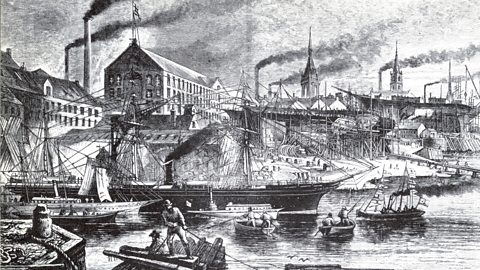
Image caption, In the Victorian era, thousands came to cities to find work. In Glasgow, many people worked on or around the River Clyde. The result of so many people coming to the cities was overcrowding.
1 of 4

More on Victorians
Find out more by working through a topic
- count16 of 19
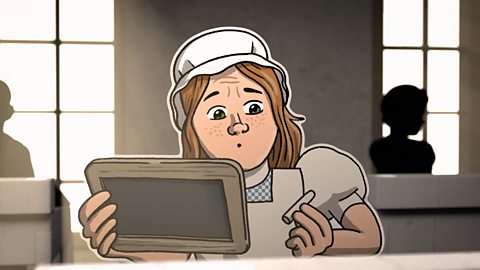
- count17 of 19
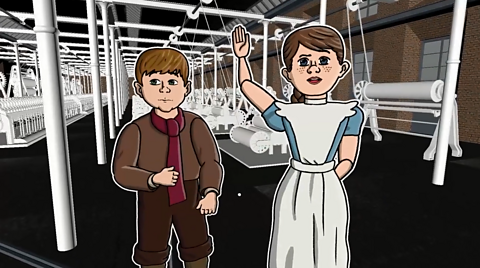
- count18 of 19
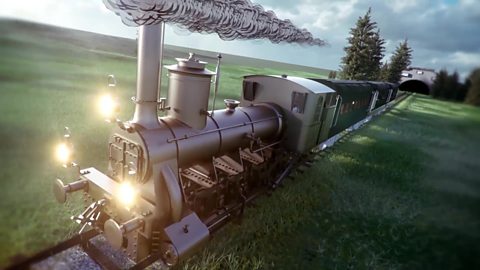
- count19 of 19
